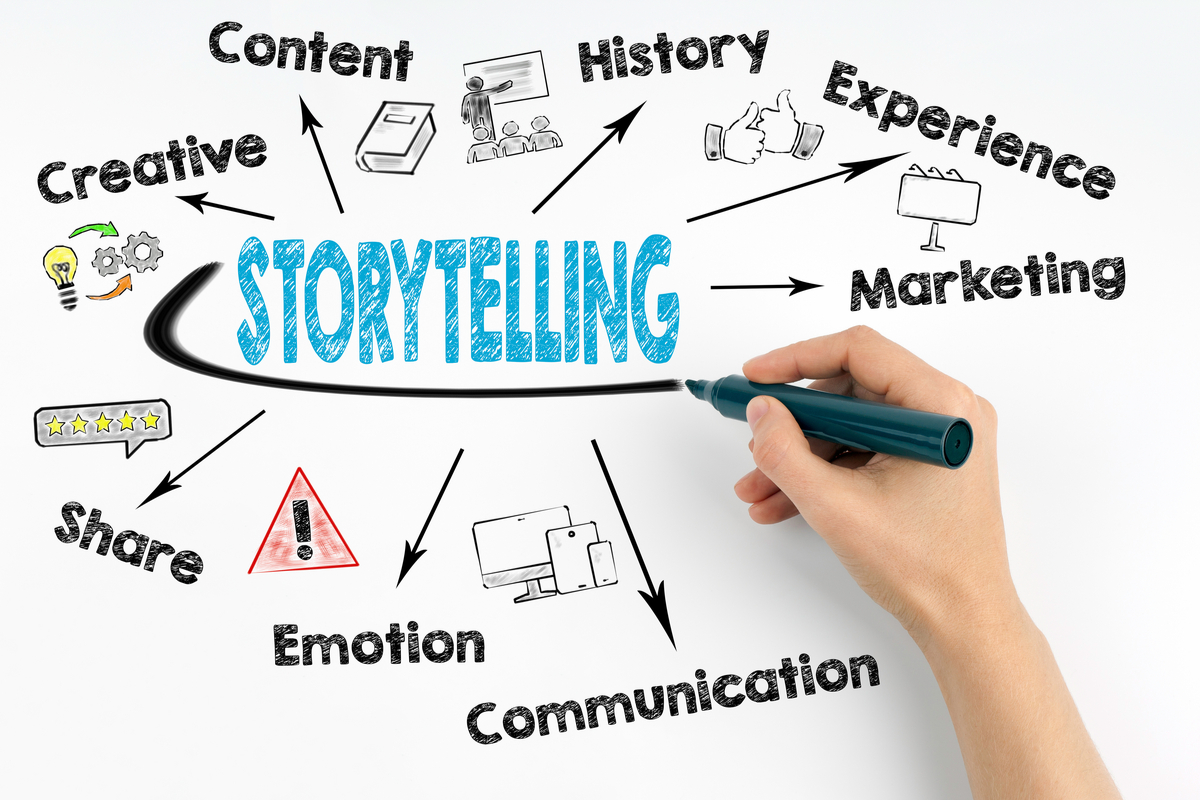
FAQ About Storytelling
Storytelling
2 years ago | gizem
What are the key elements of a good story?
A good story is built upon several key elements that work together to create a compelling and engaging narrative. Here are the essential elements of a good story:
- Character: Characters are the heart of the story. They drive the plot and evoke emotions in the audience. Well-developed, relatable, and multidimensional characters make the story more engaging.
- Setting: The setting includes the time, place, and environment in which the story takes place. It establishes the context and atmosphere, influencing the characters' actions and interactions.
- Plot: The plot is the sequence of events that make up the story. It includes the central conflict, rising action, climax, falling action, and resolution. A well-structured plot keeps the audience engaged and invested.
- Conflict: Conflict is the central problem or struggle that the characters face. It creates tension, drives the plot forward, and provides opportunities for character growth and development.
- Theme: The theme is the underlying message or insight that the story conveys. It gives the story depth and meaning, allowing the audience to connect with the narrative on a deeper level.
- Point of View: The point of view is the perspective from which the story is told. It can be first-person, third-person limited, third-person omniscient, etc. The chosen point of view influences the reader's connection to the characters and their understanding of the events.
- Conflict Resolution: The resolution is how the conflict is ultimately resolved. It brings closure to the story and provides a sense of satisfaction to the audience.
- Dialogue: Dialogue is the spoken communication between characters. It reveals their personalities, motivations, and relationships, and it helps move the plot forward.
- Pacing: Pacing refers to the rhythm at which the story unfolds. It involves balancing moments of tension and action with moments of reflection and introspection.
- Foreshadowing: Foreshadowing hints at future events in the story. It builds anticipation and adds depth to the narrative.
- Symbolism: Symbolism uses objects, characters, or actions to represent deeper meanings or themes. It adds layers of interpretation to the story.
- Atmosphere and Mood: The atmosphere and mood are created through descriptions, setting, and tone. They influence the emotional experience of the audience.
- Tone: The tone is the author's attitude towards the subject matter. It sets the overall emotional tone of the story, whether it's serious, humorous, somber, etc.
- Style: The author's writing style, including word choice, sentence structure, and literary devices, contributes to the story's uniqueness and impact.
- Climax: The climax is the highest point of tension in the story, where the conflict reaches its peak. It often leads to a turning point and the resolution of the conflict.
- Exposition: Exposition provides essential background information, introducing characters, setting, and initial circumstances to help the audience understand the story's context.
- Subplots: Subplots are secondary storylines that run alongside the main plot. They add depth and complexity to the narrative and can provide additional character development and thematic exploration.
- Emotion and Empathy: A good story evokes emotions in the audience and encourages empathy for the characters' experiences and struggles.
